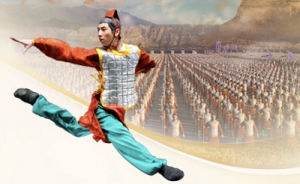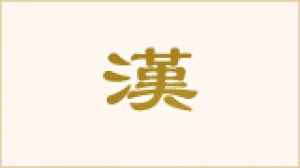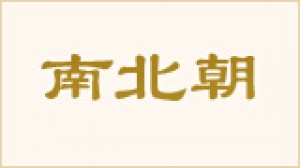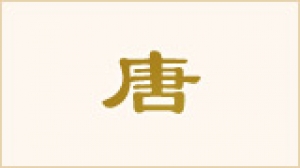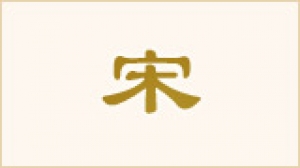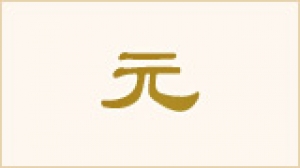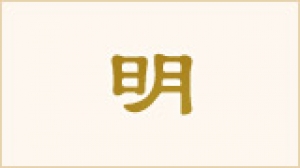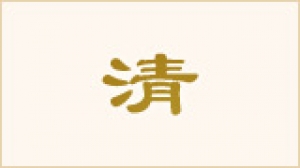The Qin Dynasty
If you have trouble remembering the long line of China’s dynasties, the Qin (221-206 B.C.E.) is a good place to start. The Qin unified China, reformed the ruling system, standardized the language, and left behind the Great Wall and famous Terracotta Army. It was also the shortest-lived dynasty.
Over 2,200 years ago, seven nations with armies of mythic proportion battled for the land known as the Middle Kingdom. When the clouds of yellow dust settled, the Qin nation emerged victorious, ending the Warring States period and creating China’s first united dynasty.
Qin Shihuang, the Qin dynasty’s first emperor, then continued to expand the empire in all directions, conquering the Baiyue region to the south, tribes to the southwest, and the Xiongnu people to the north.
But the new empire needed a new infrastructure. Emperor Qin Shihuang established a centralized government and replaced the thousand-year-old feudal structure with a national bureaucratic administration. He instituted a set of legal codes and regulated civil service examinations. He made uniform the written Chinese script, the national currency, measurement units, and even axle length for carts.
With the entire nation under his grasp, Qin now had direct access to a powerful workforce. He used it to build a series of highway-like roads, facilitating public transit, military transport, and bureaucratic work across his vast empire.
Yet he took some extreme measures. In order to unify the Chinese people’s thinking, he implemented a policy of burning books and burying scholars, and propagated the guideline of “taking officials as teachers,” all of which later came under scrutiny.
The Qin Dynasty also left behind two timeless symbols of Chinese national identity. The Great Wall was constructed by connecting previous regional walls in a tremendous engineering feat. And the Terracotta Warriors, built into Qin Shihuang’s colossal tomb, were meant to safeguard the future of the dynasty.
But in spite of the Terracotta soldiers, the Qin was the shortest of China’s dynasties, lasting only 15 years. When Qin Shihuang died after reigning for 12 years, the prime minister Li Si and chief eunuch Zhao Gao replaced the crown prince with the emperor’s younger son Huhai, who they believed could be more easily manipulated. Lacking the talent and vision his father had, Huhai proved to be a brutal and decadent ruler. After three years in power, his subjects forced him to commit suicide. The Qin Dynasty was over, Liu Bang seized power, and thus the next dynasty to rule China began: the Han.
July 16, 2011


